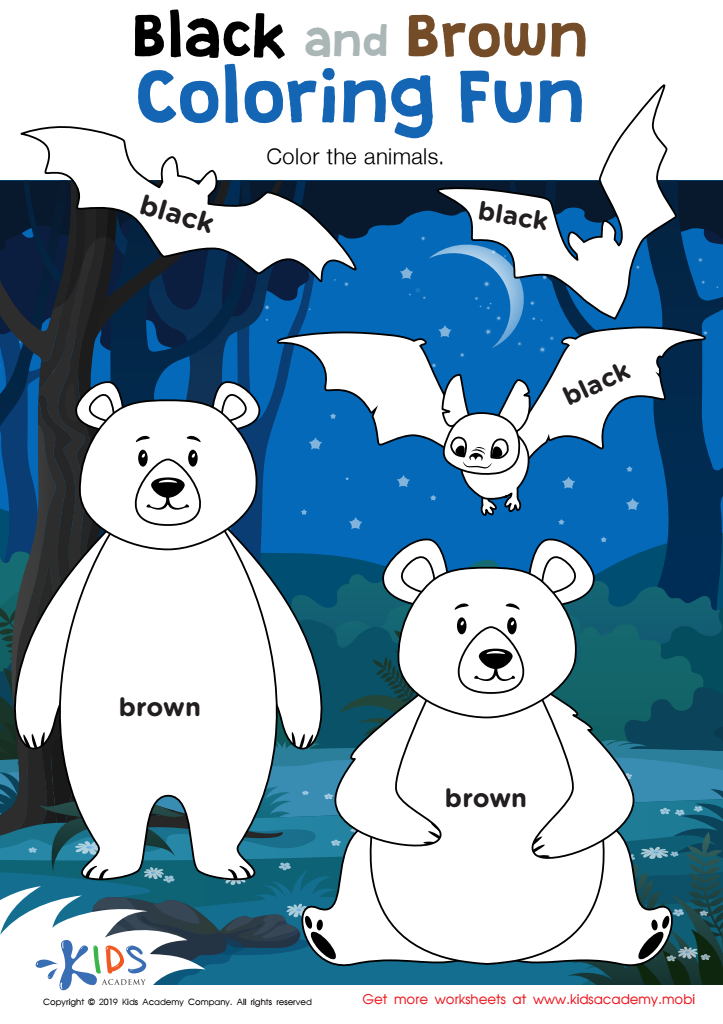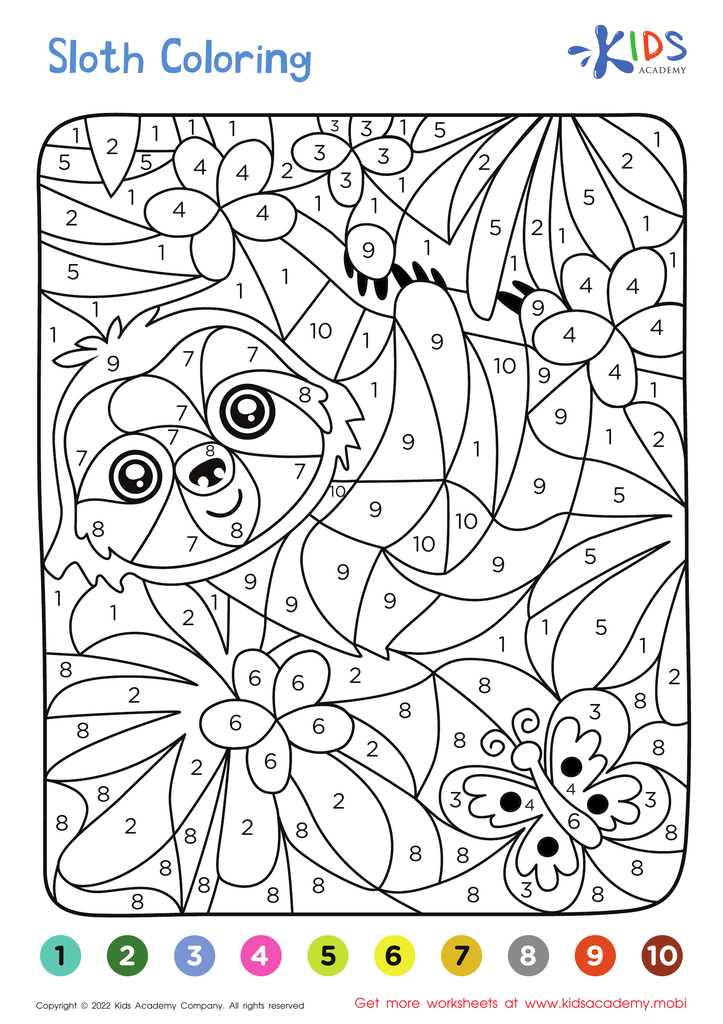Color recognition Grade 3 Animals Worksheets
12 filtered results
-
From - To
Explore our engaging Color Recognition Grade 3 Animals Worksheets designed to enhance your child's understanding of colors through fun, interactive activities. These worksheets not only help students identify and name various colors but also incorporate adorable animal illustrations to capture their interest. Perfect for reinforcing essential skills, these resources encourage creativity while developing problem-solving abilities. Additionally, children will enhance their fine motor skills by coloring within the lines. Ideal for classroom use or at-home learning, our worksheets align with educational standards to support your child's educational journey. Dive into the vibrant world of colors and animals with our specially curated worksheets!


A Fox and Bird Coloring Page


Red and Blue Coloring Fun Worksheet


Sea Adventure Coloring Page


Humming Bird Worksheet


Black and Brown Coloring Fun Worksheet


Halloween: A Bat Printable


Arizona Coloring Page Worksheet


In the Treetops Coloring Page


Great Hornbill Worksheet


Sloth – Coloring by Numbers


Great Hornbill – Coloring by Numbers


In the Treetops – Coloring Page
Color recognition in Grade 3 is crucial for young learners, especially when linked to animals, as it enhances cognitive development, literacy, and critical thinking. At this age, children are in a pivotal phase of learning where they begin to connect shapes, colors, and patterns with their environment.
Understanding colors associated with animals helps in reinforcing vocabulary and language skills. For instance, discussing the color of a zebra's stripes or a parrot's feathers not only introduces animal names but also fosters descriptive language, enabling children to express themselves more vividly.
Additionally, recognizing colors plays a vital role in scientific observation. When students can identify and categorize animals by their colors, they learn to observe and analyze data — foundational skills in science. This connection to the natural world encourages curiosity, prompting children to explore habitats and ecosystems.
Moreover, color recognition can influence artistic expression too. As children create animal-themed art projects, they develop fine motor skills and an appreciation for diversity.
Ultimately, teaching color recognition in the context of animals contributes to a holistic understanding of both language and science, enriching children's educational experiences and fostering a love for learning. Parents and teachers should prioritize this as part of a well-rounded curriculum.

 Assign to My Students
Assign to My Students












